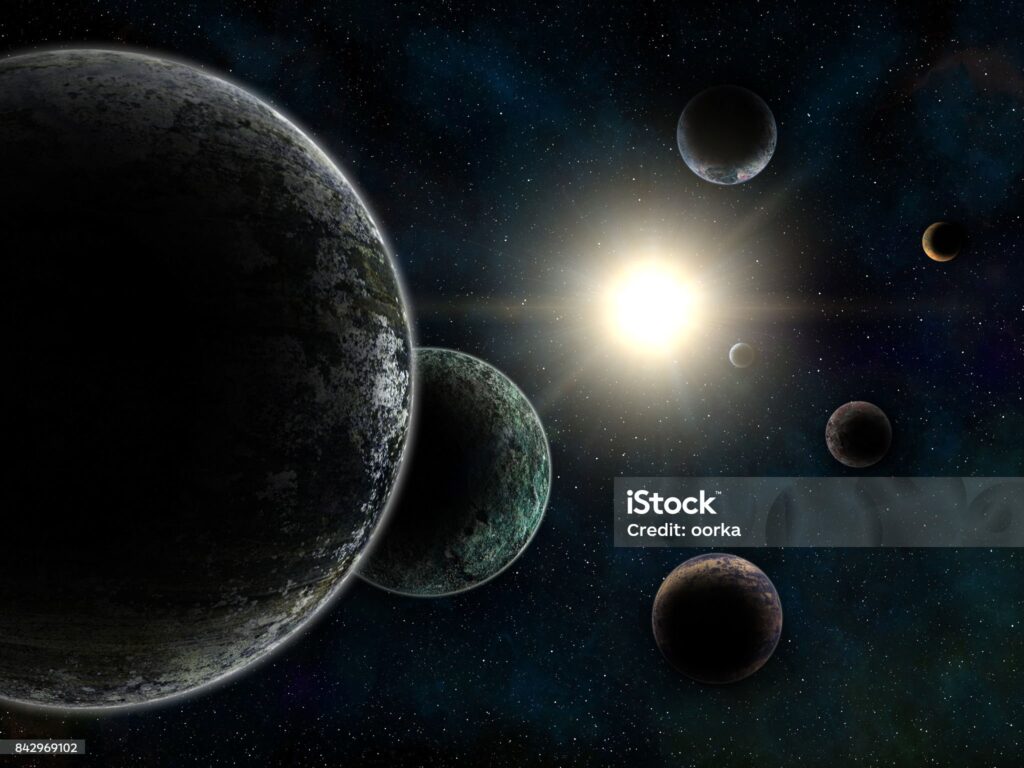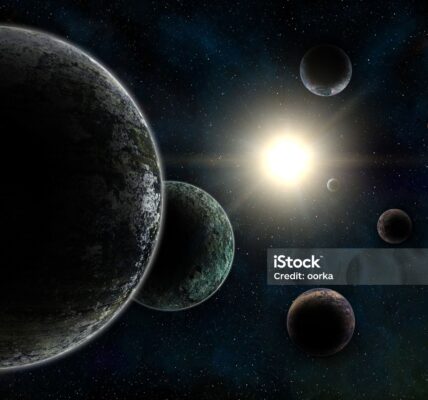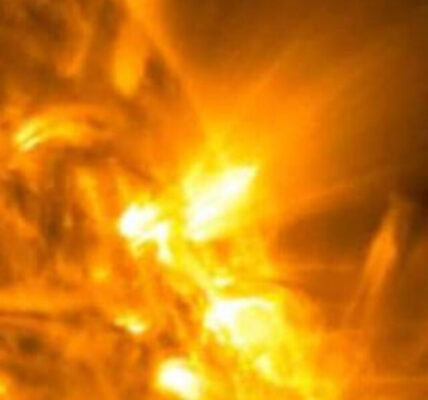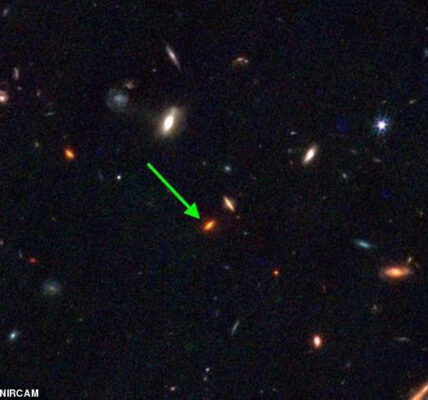2017 OF201 Challenges Planet Nine Theory by showing a strange orbit that doesn’t fit the expected pattern, raising new questions about the mysterious outer solar system.

© nagualdesign; Tom Ruen, background taken from File:ESO – Milky Way.jpg/Wikimedia Commons
2017 OF201 Challenges Planet Nine Theory
A newly discovered object in the distant reaches of our solar system is shaking up what scientists thought they knew. 2017 OF201 challenges Planet Nine theory by following an unusual path around the Sun that doesn’t match the patterns expected if a ninth giant planet existed far beyond Neptune.
A Surprise Find in the Outer Solar System
Astronomers were thrilled to find 2017 OF201, a distant object with a highly stretched and tilted orbit. It was discovered by researchers studying old telescope data from surveys like the Dark Energy Camera Legacy Survey (DECaLS) and the Canada–France–Hawaii Telescope. According to Sihao Cheng of Princeton’s Institute for Advanced Study, the discovery was unexpected and exciting.
2017 OF201 challenges Planet Nine theory because it doesn’t follow the same path as other distant solar system objects that led scientists to believe Planet Nine might exist. Its orbit stands out as different, and that’s causing astronomers to take a closer look at how the outer solar system really works.
An Orbit Unlike Most Others
What makes 2017 OF201 so strange is how far it travels from the Sun. At its closest point, it’s about 44.5 times the distance from Earth to the Sun — that’s in the same range as Pluto. But at its farthest point, it’s a mind-blowing 1,600 times farther than Earth is from the Sun.
This kind of orbit is incredibly rare.It’s no wonder it wasn’t spotted earlier — it’s only visible for about 1% of its orbit. The fact that we found it now is more of a lucky break than anything else.
And yet, 2017 OF201 challenges Planet Nine theory because it doesn’t fit with the idea that a giant planet’s gravity is pulling distant objects into similar orbits.
What Is Planet Nine?
The Planet Nine idea came about in 2016 when scientists noticed that a group of faraway objects beyond Neptune seemed to be moving in similar orbits. This suggested that something big — maybe five to ten times Earth’s size — was tugging on them with its gravity.
Astronomers called this mystery object “Planet Nine,” believing it could be a hidden world far beyond Pluto. If Planet Nine were real and influencing all these far-out objects, then 2017 OF201 shouldn’t be where it is.
Is Planet Nine in Trouble?
And that’s a problem. If more objects like this are found, it could mean that Planet Nine might not exist — or at least, not in the way we thought.
Sihao Cheng explains that Planet Nine could still allow for some objects to break away from the expected orbit pattern, but those orbits should be unstable over time. The strange thing is, 2017 OF201 appears to be on the edge — it may be stable or unstable, and researchers aren’t sure yet.
So, 2017 OF201 challenges Planet Nine theory not just by being different, but by raising new questions about whether the theory makes sense anymore.
How Big Is 2017 OF201?
Based on its brightness and how much sunlight it reflects (called albedo), scientists estimate that 2017 OF201 is about 435 miles (700 kilometers) wide. That’s smaller than Pluto but still big enough to be considered a dwarf planet.
This makes it one of the largest known objects with such an unusual orbit. It may also hint that there are many more objects like it out there — we just haven’t seen them yet because they’re too far away and too dim.
A Window into the Distant Solar System
The outer solar system is still full of mystery. Beyond Neptune lies the Kuiper Belt, a region filled with icy objects like Pluto. Past that is the Scattered Disk, where objects have strange orbits because of past encounters with Neptune or other forces like gravity from stars or even the entire Milky Way galaxy.
Even farther out is the Oort Cloud — a massive, distant shell that may contain trillions of icy bodies. But none of these Oort Cloud objects have ever been seen directly.
That’s why discoveries like this matter. 2017 OF201 challenges Planet Nine theory and gives us a new clue about what might be lurking in the farthest corners of our solar system.
What’s Next for Scientists?
Researchers plan to run computer simulations to see if 2017 OF201’s orbit can stay stable over millions of years. If it turns out to be stable, that would seriously weaken the case for Planet Nine.
At the same time, the fact that we found this object at all suggests there could be dozens — maybe even hundreds — of similar dwarf planets out there, just waiting to be discovered.
As Cheng puts it, even though our telescopes can now peer deep into space, there’s still so much left to learn about our own cosmic backyard.
Conclusion: A Turning Point in Space Exploration
In the end, 2017 OF201 challenges Planet Nine theory and forces astronomers to rethink old ideas. Whether it leads to the end of the Planet Nine hypothesis or just a better understanding of our solar system, one thing is clear: space still holds many secrets, and we’re only beginning to uncover them.
Also Read:
Mars Volcanoes Ancient Life: 5 Amazing Clues Uncovered





75pghd